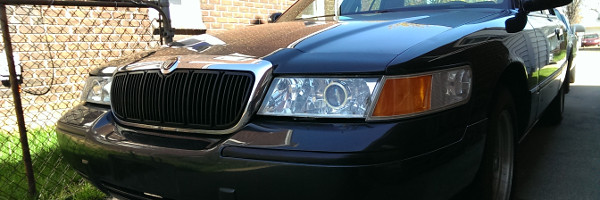I gave the original blower motor a pass when it decided to stop working without being smacked with a rubber mallet so I replaced it last year with an aftermarket one. FF to today and it came home again with the same issue. I actually had it hit it pretty hard to get it to spin up this time. When I installed the new one I noticed that the velocity was nowhere near the original unit even on high.
I know the blower motor controller on the firewall is suspect on these years so should I be looking to replace both the controller and the motor at this point or just go with another OEM Ford blower? Really don't want to burn out another fan again.
Holding the fan control all the way up on the interior HVAC control does not make it come on (which should override the speed controls IIRC). The only way to get the blower to work is to smack the housing with a hammer.
I know the blower motor controller on the firewall is suspect on these years so should I be looking to replace both the controller and the motor at this point or just go with another OEM Ford blower? Really don't want to burn out another fan again.
Holding the fan control all the way up on the interior HVAC control does not make it come on (which should override the speed controls IIRC). The only way to get the blower to work is to smack the housing with a hammer.








Comment